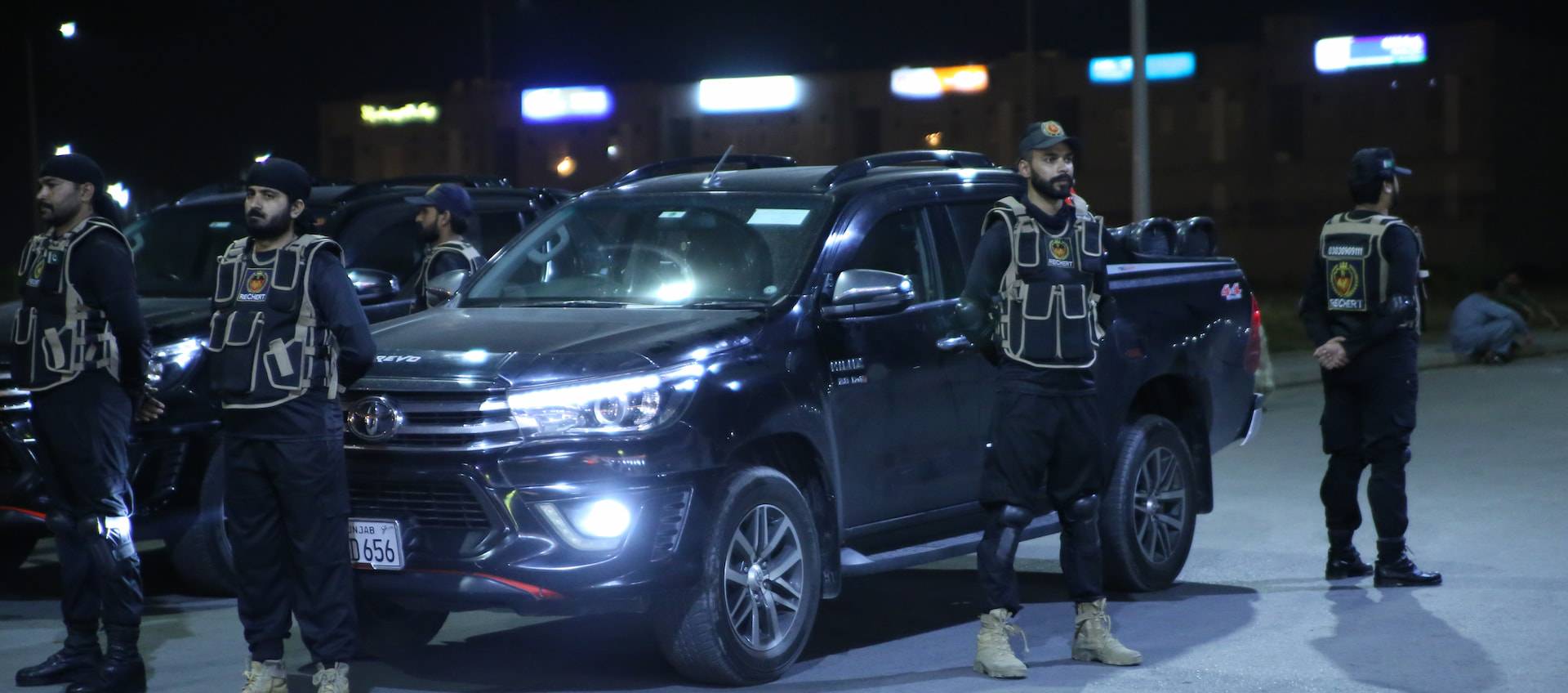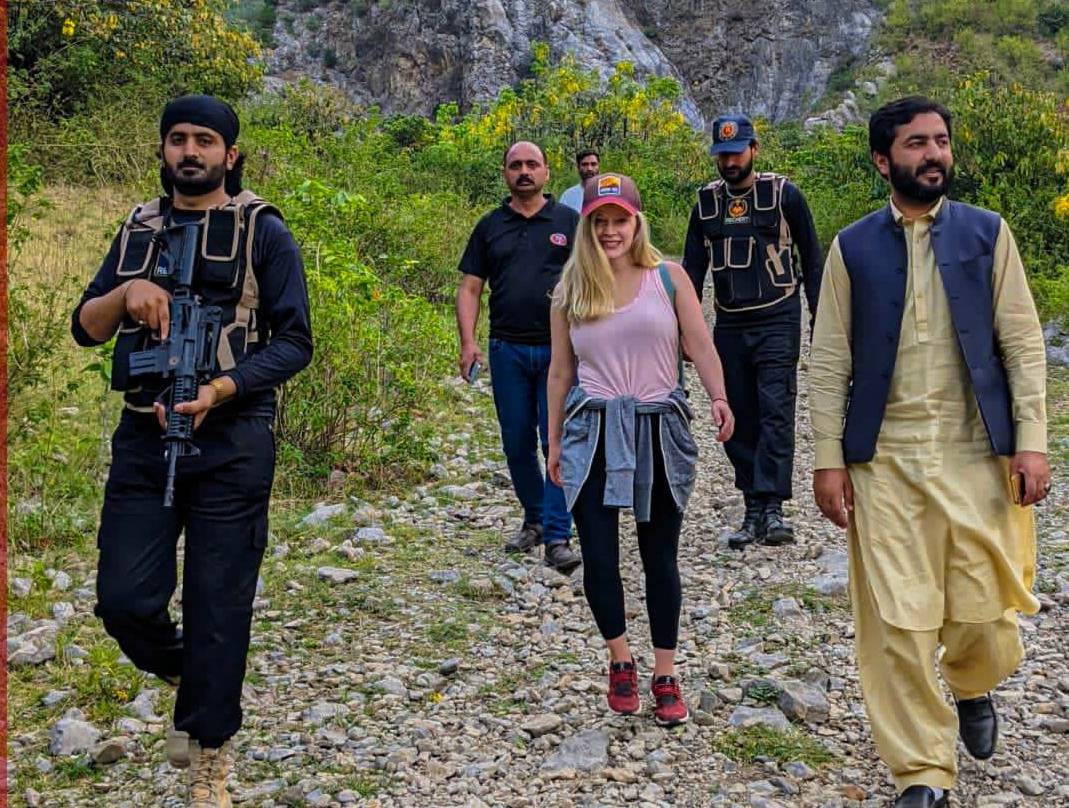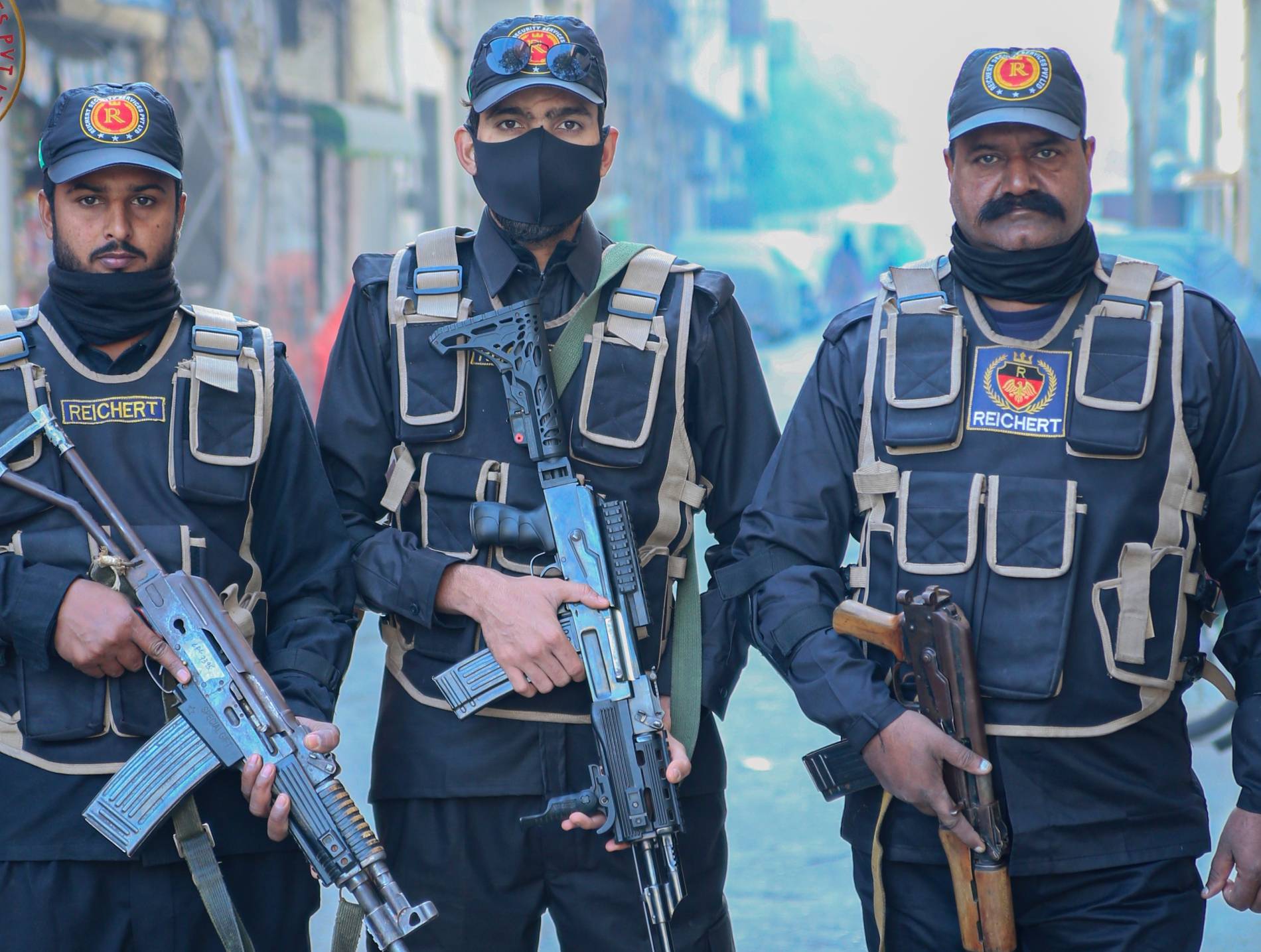Kiribati Country Report
Kiribati is an independent republic in a federation of islands in the South Pacific. The country has had relative stability since independence in 1979, with regular parliamentary and presidential elections. Kiribati currently faces no serious external or internal threats to its security. Although the level of criminal activity is relatively low, petty thefts such as pickpocketing and pickpocketing do occur. Demonstrations occur over local political and environmental issues, usually have fewer than 100 participants, and are usually peaceful.
Traveling within the islands can be difficult as many islands, including Tarawa, have poor road networks and limited public transport. Due to their geographical dispersion, inter-island travel is complicated and there are no direct flights between Gilbert Island and the Line Islands. Domestic medical facilities are limited and many medicines are not available.
Last updated: April 11, 2022
Security
Although the level of criminal activity in Kiribati is relatively low, petty thefts such as pickpocketing and pickpocketing do occur. Although violent crimes are rare, solo female travelers are generally advised to take extra precautions, especially at night. Currently, there are no serious external or internal threats to the country’s security, and no terrorist groups are known to target or operate in these islands. Demonstrations occur over local political and environmental issues, usually have fewer than 100 participants, and are usually peaceful.
Last updated: April 26, 2022
Infrastructure
Rapid population growth has increased pressure on Kiribati’s aging infrastructure. Tarawa and Kritimati roads are poor. Although driving standards are generally reasonable, drunk driving is a widespread problem, especially at weekends.
The geographically dispersed nature of the Kiribati Islands presents many infrastructure challenges, as the limited electricity supply to Tarawa and other islands relies on solar power and diesel generators. Communication infrastructure is well established on some islands, but severely limited on others. Telecommunications, including Internet connections, are often unreliable and expensive due to the remoteness of the country.
Last updated: April 26, 2022
Environment
Kiribati has a harsh tropical climate. Temperatures range from 22 °C to 37 °C (71 to 99 °F) with an average of 25 °C to 33 °C (77 to 91 °F). However, geographically dispersed islands have different climates. The wet season usually lasts from November to April, during which strong winds and heavy rains can affect the country, but the country’s proximity to the equator means it is not usually hit by tropical cyclones. Trips to remote islands may be temporarily suspended due to inclement weather. A tsunami may occur after a strong earthquake.
Last updated: March 15, 2022
Health and Medical
Kiribati’s basic development indicators for health, education, and life expectancy place it among the poorest countries in the Pacific region. Medical facilities in the country are limited and the main hospital is located in Taraweh. There are many small clinics on other islands, but they are usually staffed by nurses. In case of serious injuries or medical emergencies, evacuation to a country with more advanced medical facilities may be necessary. There is a significant shortage of medicine and medical supplies in Japan, and many prescription and over-the-counter medications may not be available.
Last updated: February 25, 2022
Political
Kiribati is an independent republic in a federation of islands in the South Pacific. The country has had relative stability since independence in 1979, with regular parliamentary and presidential elections. However, corruption remains a significant problem and nepotism is common.
Last updated: March 25, 2022















